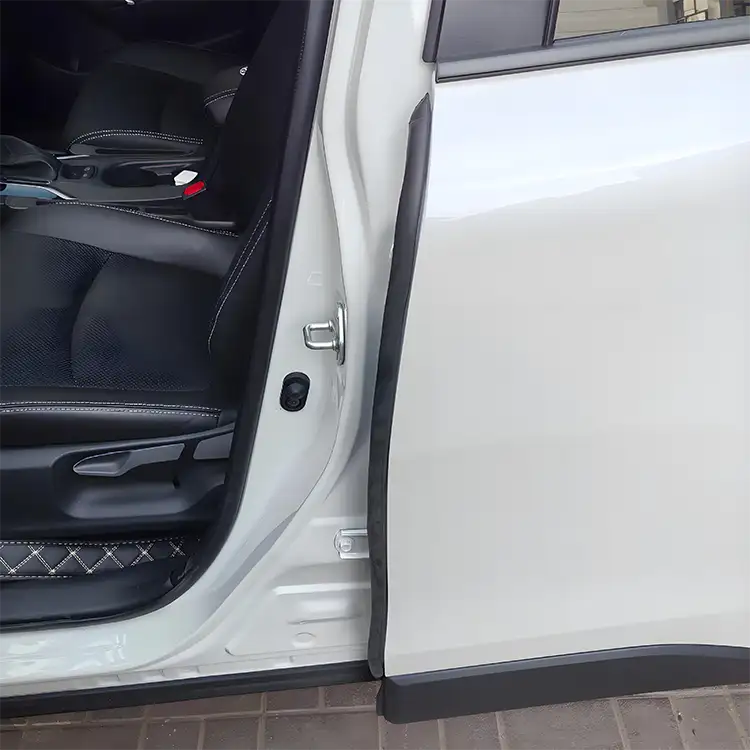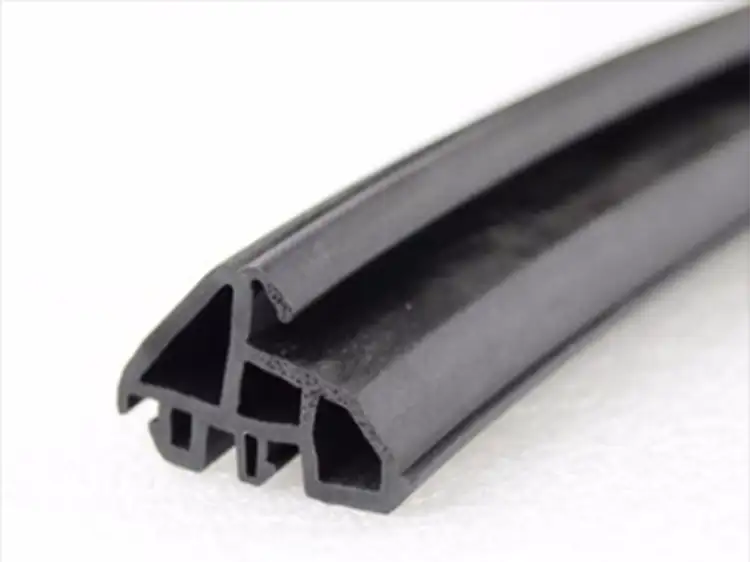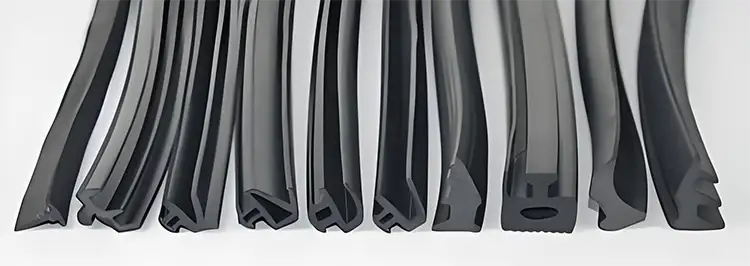Many car owners overlook their door seal strips—until problems arise. A damaged strip may seem minor, but it can create a chain of costly issues. If you’ve noticed leaks, noise, or temperature fluctuations, it’s time to investigate. Let’s explore what a faulty seal can really do to your car.
A bad car door seal strip can let moisture inside, causing rust and corrosion. It also weakens sound and temperature insulation, making your ride noisier and less comfortable. Damaged seals may lead to drafts, water leaks, and even increase the risk of break-ins due to poor door alignment. Metal-on-metal contact can further damage your vehicle’s frame.
Let’s break down how to spot seal strip issues, what they cost to fix, and how you can prevent future problems.
How do I know if my car door seal is bad?
You’ll usually notice symptoms like water leaks after rain or car washes, wind noise on highways, or even musty smells. The most obvious sign is visible damage—cracks, tears, or flattened rubber. If the door feels loose when closed or you notice damp carpets, the seal could be the culprit.
How to tell if door weather stripping is bad?
Beyond visible cracks or gaps, another giveaway is drafts. If you feel air moving in while driving or hear whistling noises at high speeds, your weather stripping is likely worn out. Increased cabin noise and inconsistent interior temperatures also signal degraded sealing effectiveness.
How much does it cost to replace a door seal on a car?
Costs can vary depending on vehicle model and labor fees. For parts alone, expect to pay between $10 and $250. Professional installation adds another $40 to $120 per door. Want to cut costs? You can try a DIY car door rubber seal repair using adhesive kits—just be sure to clean and prep the area well.
How long does car weather stripping last?
High-quality rubber like EPDM (Ethylene Propylene Diene Monomer) can last 10–20 years. However, cheaper or OEM-installed seals might deteriorate in just 5–7 years, especially with exposure to UV rays, extreme temperatures, or poor maintenance.
What causes car door rubber seals to wear out?
Time and weather are the biggest enemies. UV light, dirt buildup, and temperature swings all take their toll. Slamming doors can also crush or shift the seals. Over time, the damaged weather stripping loses flexibility, becomes brittle, and starts to crack or detach.
Can I repair car door seal strips myself?
Yes, many car owners handle small repairs themselves. Minor gaps or loose areas can be resealed using car door rubber seal glue or weatherstrip adhesive. But if the rubber is cracked or missing sections, replacement is the better (and safer) option. [How to Fix the Rubber Seal on a Car Door]
What’s the best adhesive for fixing car door seals?
Look for adhesives designed specifically for automotive use, such as 3M Black Super Weatherstrip Adhesive or Permatex Weatherstrip Cement. These provide a strong bond and remain flexible over time. Avoid general-purpose glues—they often dry hard and may not hold under heat. [An Easy and Permanent Fix for Older Car Door Seals]
Are Toyota door seals more likely to fail?
Not necessarily, but Toyota owners have raised concerns in forums about door seal problems, especially in older models or those frequently exposed to harsh weather. Like all manufacturers, Toyota uses a range of materials, so it’s always a good idea to check your seals periodically for wear and tear.
What are common car door seal problems shared on Reddit?
Reddit users often report issues like wind noise, water leaks, and seal strips coming loose after years of use. Some mention fixes like adding foam backer rods or using car door rubber seal glue to improve sealing. It’s a great place to find DIY tips and real-world experiences. [Reddit: Car door seal hanging down – how to stick back on?]
Bad seal strips can cause more than just a draft—they can damage your car’s comfort, value, and safety. Got questions or experiences with seal failures? Drop a comment or share your tips below!



